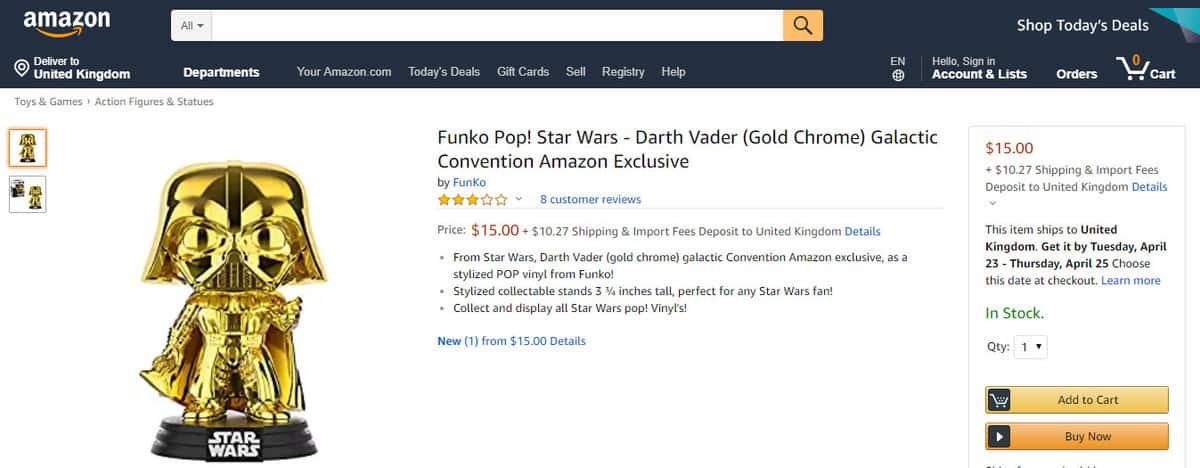This content provides a guide on how to import data from one WordPress website to another using an XML file. It explains the steps to go to Tools > Import, select the WordPress option, install a plugin, and upload the XML file. The article also highlights the importance of checking the “Import Attachments” option to download all media files. WordPress supports importing from various source codes like Blogger, LiveJournal, and Tumblr. The process involves selecting the author and importing attachments. Overall, WordPress provides a seamless way to import and export data from different platforms.
In the previous post, I shared about having an XML file, and now, I’ll guide you through the process of importing data to another WordPress website.
Import data in WordPress
Currently, my website has no articles, so I will be importing articles from an XML file.
To import your data, head over to Tools > Import.
WordPress is versatile and supports importing from various sources like:
- Blogger
- Blogroll
- Categories and Tags Converter
- LiveJournal
- Movable Type and TypePad
- RSS
- Tumblr
- WordPress
For this article, I’ll focus on guiding you on importing data specifically from another WordPress website. You’ll need to install an additional plugin for this. The installation is a one-time process, and subsequent imports won’t require it again.
Click on Import from WordPress to initiate the plugin installation.
Wait for the installation to finish, and then click Activate Plugin & Run Importer to start the import process.
WordPress will redirect you to the Import page. Here, select the exported XML file and click on Upload file and Import.
Before importing, pay attention to two crucial items:
- Import author: Choose who will be the author of the imported posts.
- Import Attachments: Ensure Download and import file attachments is checked to include all media like images and videos.
After setting these, click submit.
WordPress will then proceed to import all posts and download media to the website.
Epilogue
Import and Export functionalities are well-supported in WordPress, making it a seamless process. Whether you’re migrating from another WordPress site or a different platform, WordPress ensures a smooth transition.
Don’t forget to explore other informative guides in this series:
- Instructions for Exporting Data in WordPress
- Instructions for Installing Writing in WordPress



